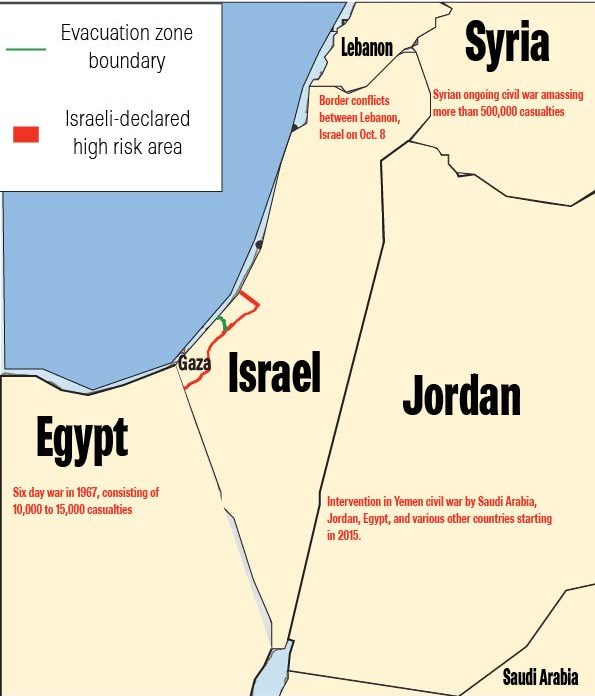Easter is a popular holiday in many countries around the world. For the most part it is honored by Christians because the holiday celebrates the resurrection of Jesus Christ just three days after his death. Easter has been observed since the second century and this year it has been celebrated on April 17.
The word “Easter” comes from an Anglo-Sazon goddess named Eostre. The festival of Eostre always took place around the spring equinox, so early Christian missionaries in Europe slowly took the festival’s name, timing and some of its symbols into the Christian holiday. There are popular Easter traditions such as chocolate bunnies and Easter egg hunts, but some traditions change region to region, and some even depend on the household people live in.
Most Easter traditions include egg hunts, dyeing eggs, and many other activities that incorporate eggs. But what do eggs have to do with Easter? In many ancient cultures, such as the Egyptians and Greeks, saw eggs as a sign of fertility and new life. Later, Christian missionaries started using eggs to describe Christ’s new birth and resurrection. People would dye eggs based on what the colors meant to the church. Yellow stands for resurrection, blue for love, and red for the blood of Christ. The missionaries would also paint scenes from the bible on eggs and then hide them. The child that would find the egg would have to go back to the church and retell how the story that was painted on the egg went.
Another popular tradition/ritual is the season of Lent. Traditionally, Lent required people to fast for 40 days. Most people fast from things like caffeine, chocolate, TV, and other indulgences. Lent tends to end at the beginning of Holy Week, or Easter itself. The purpose of Lent is for Christians to remember the events leading up to and including the death of Jesus Christ. Freshman McKenna Seymour participates in Lent every year to try and live without something that she thinks she can’t live without.
“I gave up coffee because I was at the point where I was drinking it daily and I want to become less dependent on coffee to get me through the day,” Seymour said. “At the end of lent, I learn that it really is possible to live without certain things that I believed I couldn’t live without.”
The most popular face of Easter tends to be the Easter Bunny. The Easter Bunny became a tradition out of ancient spring celebrations, like many other Easter traditions. It was natural to incorporate bunnies as a symbol of spring because they give birth in the spring in the fields, and this eventually became a symbol of Easter.
Something that Easter is often associated with is the candy and sweets. Swapping sweets became popular during the mid 19th century in Europe. From there companies started developing strategies for the mass production of sweets in fun, festive holiday shapes, like peeps or cadbury eggs.
A venture that people of all ages tend to love is Easter egg hunts. The first egg hunt was founded by Martin Luther who was a figure during the Protestant Reformation. Men would hide eggs for women and children to uncover. This tradition slowly turned into children participating in Easter egg hunts and finding colorful eggs filled with candy. Easter egg hunts symbolize the hunt that Mary and her two children, James and Salome made when they ventured to Jesus Christ’s tomb and discovered it to be empty. Sophomore Kaylee Emrick remembers participating in Easter egg hunts as a kid with her sister.
“Almost every year, my sister and I would wake up really early and open up the windows in our room,” Emrick said. “We tried to find our golden egg which had money in it, and we wouldn’t tell our parents about it. We pretty much cheated on all of our Easter egg hunts.”
A very big tradition of Easter is the white house Easter egg roll. The Easter egg roll is a popular event that is hosted on the South lawn of the white house. The lawn is filled with fun Easter activities for the whole family. This tradition goes back to 1878, President Rutherford B. Hayes issued an order that if any children were to come to the White house to roll their Easter eggs they should be allowed to do so. It is still a tradition to this day, other than the egg roll there are activities where families can dye eggs, and partake in an Easter egg hunt.
Easter is a very big holiday every year for those who celebrate it, whether that be for a religious reason or just for the traditions. Most kids have childhood memories of running around their front lawn finding plastic colored eggs and filling up on candy afterwards, but what a lot of people don’t know is the significance of these traditions.


